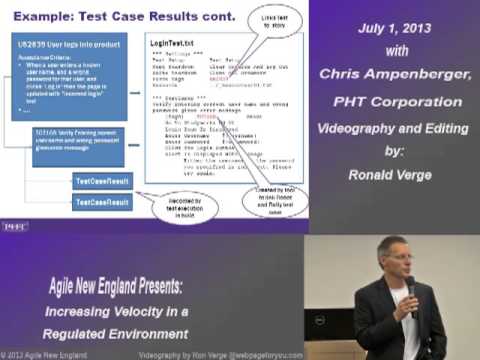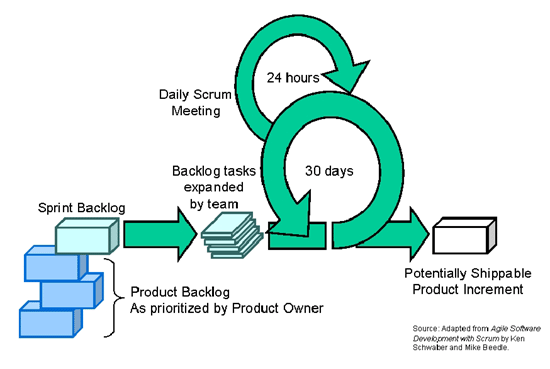Modifying the Definition of Done
Having a good Definition of Done (DoD) might be one of the most important technical asset of a Scrum team. This makes the difference between delivering at the end of the sprint fully completed business features or half-baked software. In his blog post “Changing the Definition of Done”, Ken Rubin discusses the situation where a Scrum team might want to change an existing Definition of Done.






